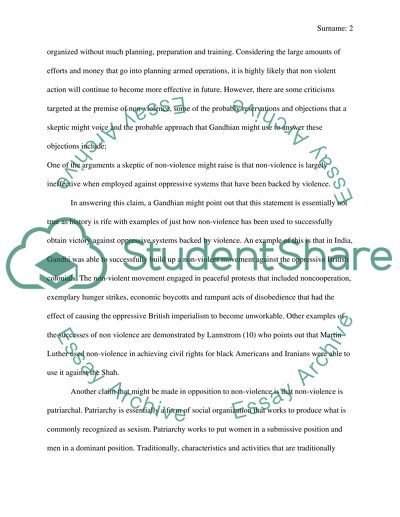Cite this document
(“Mahatma Ghandi Essay Example | Topics and Well Written Essays - 1500 words”, n.d.)
Retrieved from https://studentshare.org/miscellaneous/1663335-mahatma-ghandi
Retrieved from https://studentshare.org/miscellaneous/1663335-mahatma-ghandi
(Mahatma Ghandi Essay Example | Topics and Well Written Essays - 1500 Words)
https://studentshare.org/miscellaneous/1663335-mahatma-ghandi.
https://studentshare.org/miscellaneous/1663335-mahatma-ghandi.
“Mahatma Ghandi Essay Example | Topics and Well Written Essays - 1500 Words”, n.d. https://studentshare.org/miscellaneous/1663335-mahatma-ghandi.


